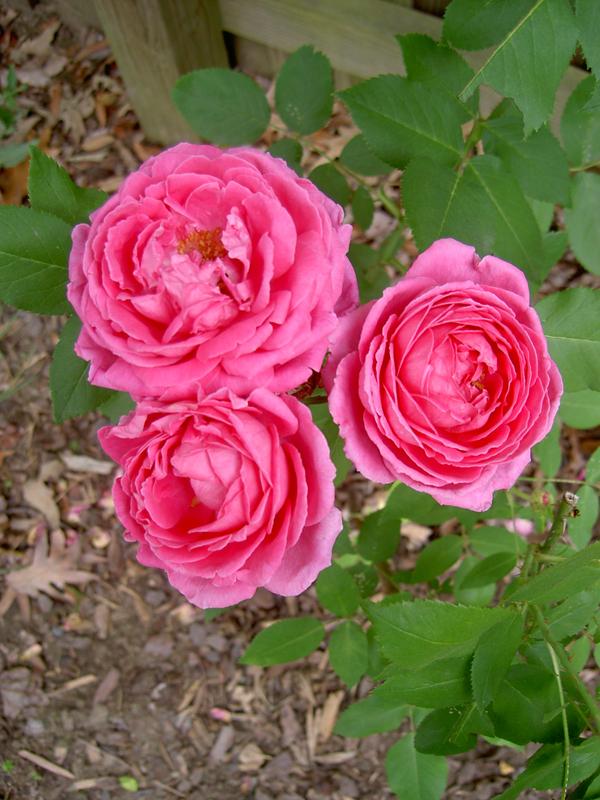Following the glowing recommendation of friends who used EasyClosets systems to maximize the storage space of their San Francisco condo, I ordered shelving to convert our small hall closet into a pantry. We have a larger closet in the family room that we use for coats, and the hall closet is directly across from the (also small) kitchen. My hope is to move the collection of small kitchen appliances out of the dining room and off of the kitchen counters, along with the canning supplies currently in my office and the stocks of rice milk, paper towels and distilled water that are stashed here and there under counters and at the backs of cabinets. I’d like to remove the bookshelf from the dining room entirely, relocating the cookbooks to the nearest shelf around the corner in the living room.
At any rate: EasyClosets. Nowhere on their website does the word ‘plaster’ appear, nor is there any warning statement indicating that the hardware and mounting system — set up to drive the weight of the shelves against the wall and down toward the floor — is suitable only for drywall. Nor does any such warning or distinction appear in the instruction booklet accompanying the materials. Nonetheless, the anchors are readily identifiable as drywall anchors (once you have them in front of you), and the E-Z Toggle website clearly states (when you go searching for clarification), Since plaster has a different composition than drywall, E-Z Ancor® products cannot be used.
So. Here we are with a living room full of particle board, a dining room full of the stuff that we took out of the closet to prep it plus the tools we assembled for the installation, and no pantry. I called EasyClosets and am hoping that the guy who’s ‘done a lot of installations,’ but wasn’t at his desk just then, will call me back with instructions for mounting the shelves into plaster. I’m sure they would rather do that than pay to ship the particle board back to themselves because they don’t make it clear that their system is drywall only. I, of course, would rather have mounted shelves in the closet than not, so a hardware alternative would work for everyone.
Our own research didn’t leave us very hopeful; from what we could tell, the approach for mounting wall units into plaster is nearly completely opposite that of mounting them into drywall. With drywall, you use anchors to distribute the weight across the wall as evenly as possible, and the surface takes the force. With plaster, it seems that you drive as much of the weight into the studs as possible and away from the wall itself. As our closet is adjacent to the original exterior wall, we have only the first stud off the wall to work with, smack in the middle of the space; the closet is not wide enough to span two supports. The other alternative, of course, is to install freestanding shelves that are anchored to the wall for balance only, but I can’t tell you how sick I am of that type of setup. I believe my exact statement on that topic was ‘I want a pantry, not another gosh-darn bookshelf in a closet!’ It was late, I was tired, but the sentiment is the truth (and if you know me I’m sure you can guess that by gosh-darn I mean a whole bunch of other stuff not suitable for prime time).
Hopefully EasyClosets will pull a bunny out of a hat for me and save us from having to have another gosh-darn bookshelf in a closet.




